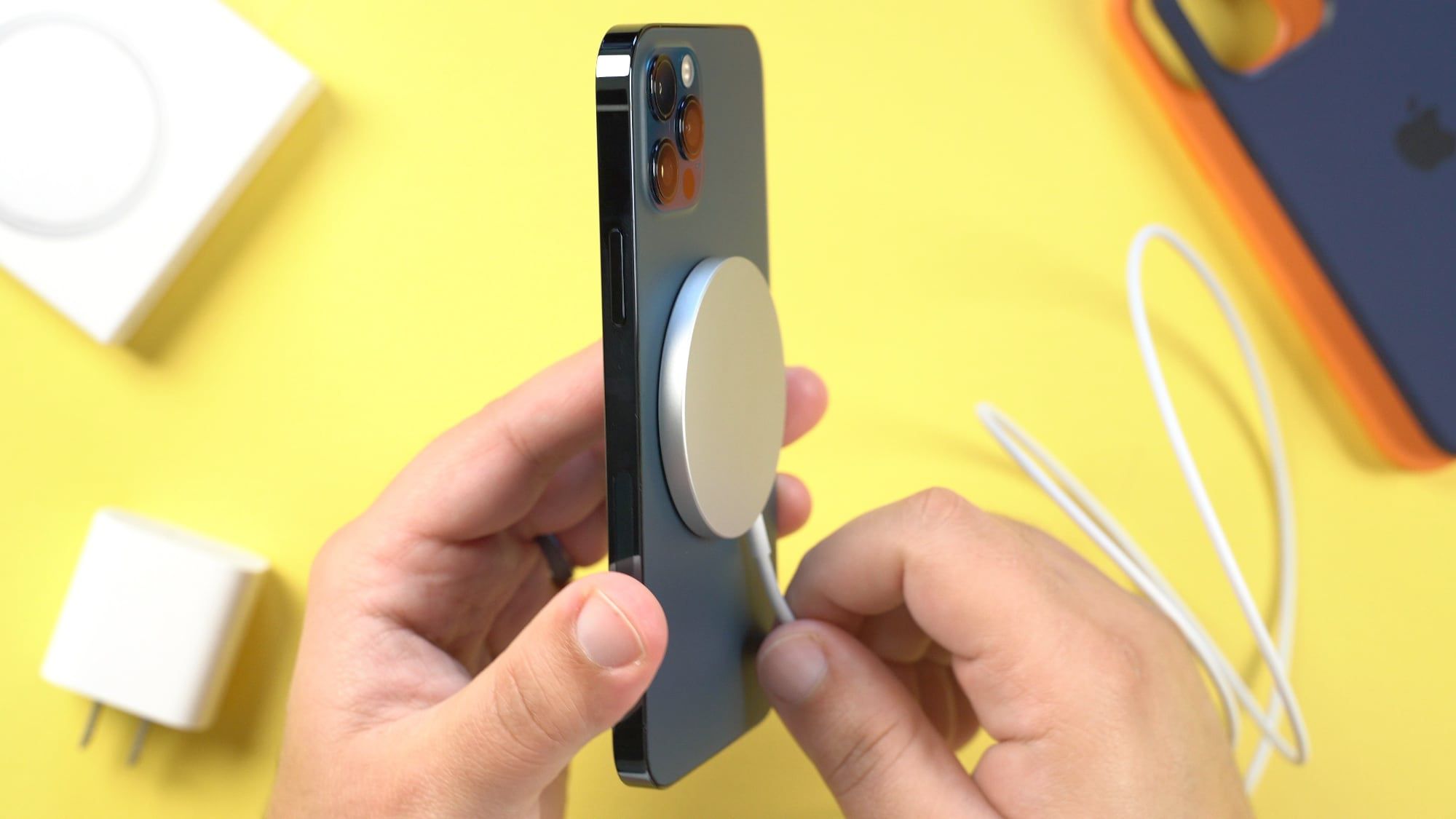MagSafe, a name synonymous with Apple’s innovative charging technologies, is a term used for two distinct purposes—charging Macs and charging iPhones. The evolution of MagSafe began around 2006, revolutionizing the way Mac laptops were charged. The ingenious standard utilized magnets to connect the charging cable to the MacBook, ensuring ease of connection and, more importantly, detachment if one accidentally tripped over the cable. This magnetic feature prevented laptops from crashing to the floor and became a hallmark of Apple’s laptop charging system.
However, MagSafe disappeared from Apple laptops with the shift to USB-C charging around 2016. Surprisingly, it made a comeback in 2021 with the introduction of the 14-inch and 16-inch MacBook Pro, followed by the updated MacBook Air in June 2022. The reappearance of MagSafe in Mac laptops showcases Apple’s fondness for the name and its commitment to innovative charging solutions.
In addition to Macs, Apple adopted the MagSafe name for its wireless charging system introduced with the iPhone 12 in 2020. Before MagSafe, iPhones from the iPhone 8 onward supported wireless charging using the common Qi standard. Users placed their iPhones on a Qi charging pad, and when the coils aligned correctly, wireless charging would commence. However, misalignment issues often led to slow or failed charging, resulting in user frustration.

Apple’s solution to this challenge was MagSafe for iPhone. MagSafe, derived from “Magnetic,” involves incorporating a ring of magnets around the Qi charging coil in each iPhone of the iPhone 12/13/14/15 series. This allows users to attach MagSafe charging accessories, such as the MagSafe charger, to the back of their iPhones effortlessly. The MagSafe charger, available separately, is a disc with magnets that automatically align with those inside the iPhone, ensuring a secure connection.
MagSafe not only provides precise alignment but, due to improved internal components, enables faster charging. With MagSafe, iPhones can charge at up to 15 watts (15W), surpassing the theoretical maximum of 15W for Qi charging. While wired charging through a USB-C charger offers even higher speeds—up to 20W or more—MagSafe strikes a balance between convenience and efficiency.
Charging via cable remains the fastest option, given its superior efficiency compared to wireless charging. Nevertheless, MagSafe offers a more efficient and faster wireless charging experience compared to standard Qi charging. MagSafe iPhones still support Qi-enabled wireless charging at rates up to 7.5W, but only certified “Made for MagSafe” chargers can unleash the full 15W potential.
It’s worth noting that the iPhone SE does not support MagSafe, although wireless charging via Qi is possible. Additionally, the iPhone 12 mini charges at 12W with MagSafe, a slightly lower rate compared to other MagSafe-compatible models.
Officially, MagSafe charging should be compatible with older iPhones, but some issues have been reported. For instance, using a MagSafe charger with an iPhone 11 may result in significantly extended charging times.
Apple sells the MagSafe charger separately, which includes an integrated USB-C cable. However, a power adapter is not included in the box, requiring users to purchase a separate USB-C power adapter if not already owned. MagSafe chargers support higher-powered adapters, with a 100W charger being a suitable choice for a 15W MagSafe pad.
In summary, MagSafe continues to be a hallmark of Apple’s charging innovations, offering a blend of convenience and efficiency for both Macs and iPhones. Its magnetic alignment and faster charging capabilities contribute to a seamless and enhanced user experience, reinforcing Apple’s commitment to pushing the boundaries of technology.









